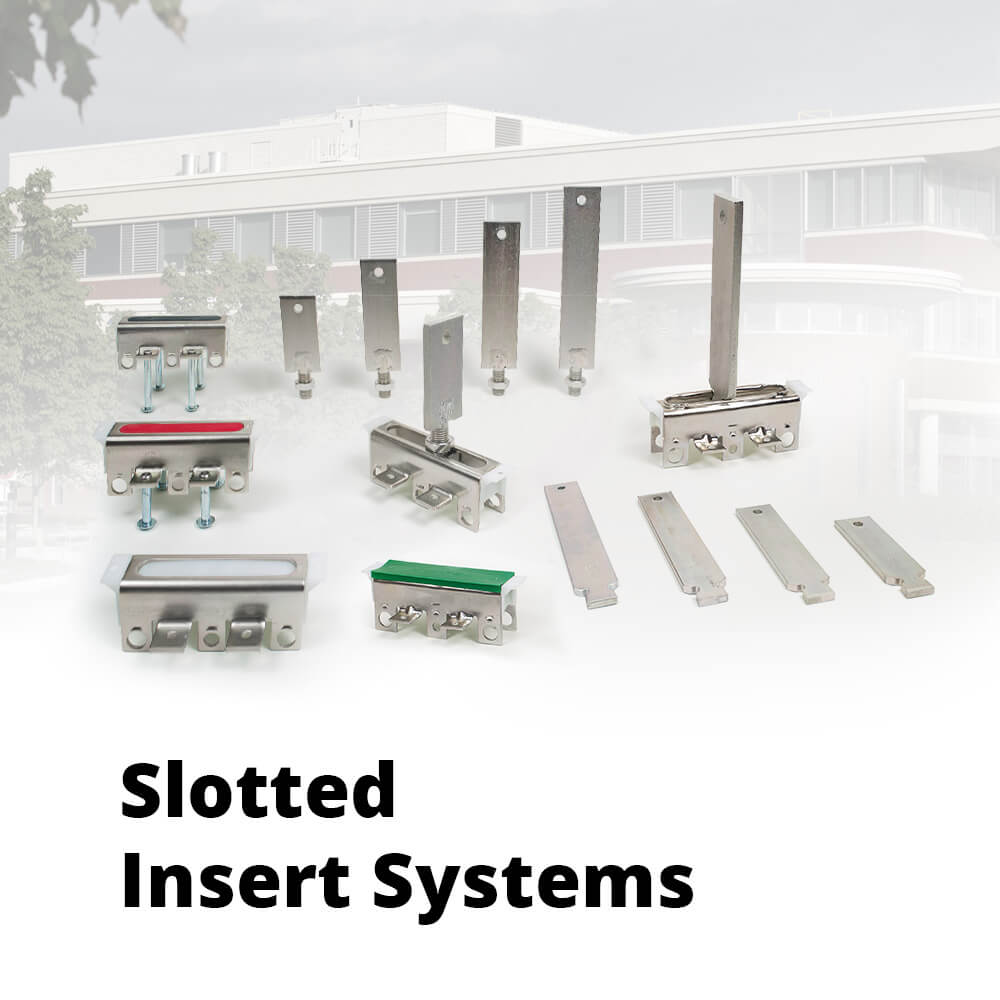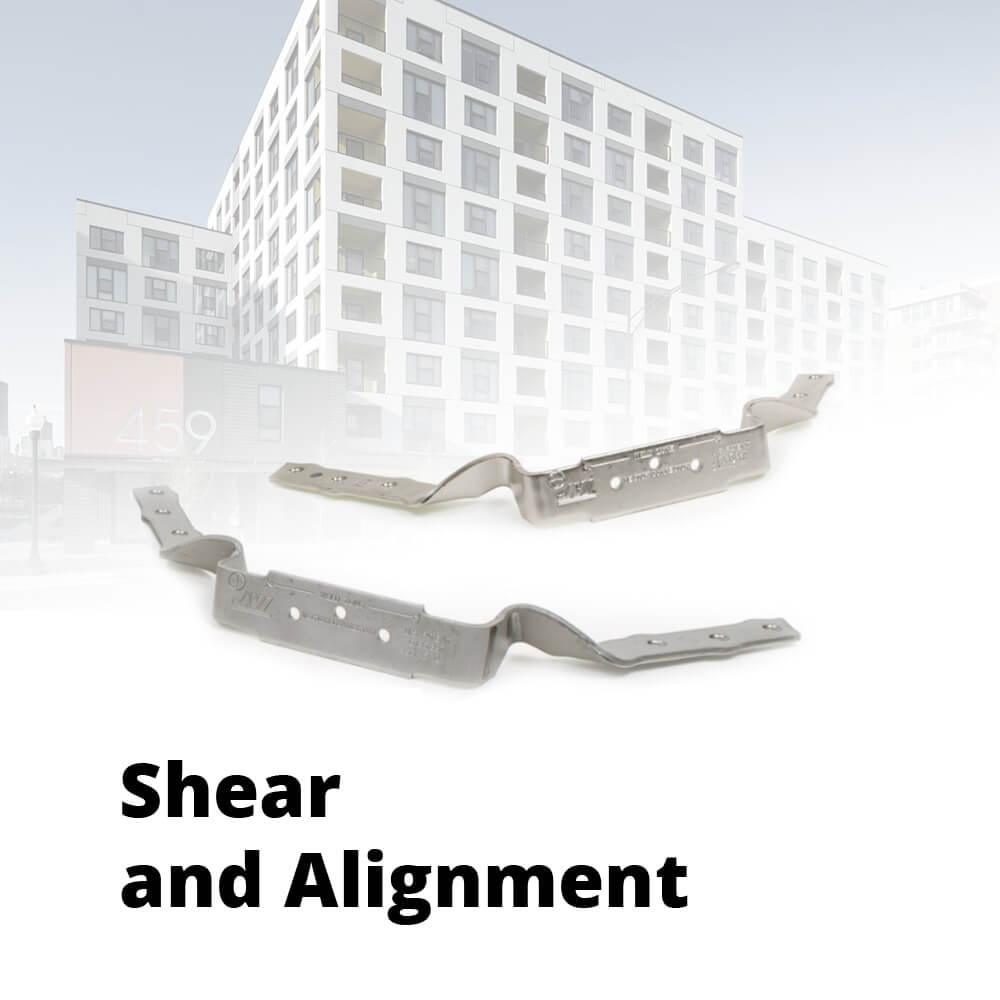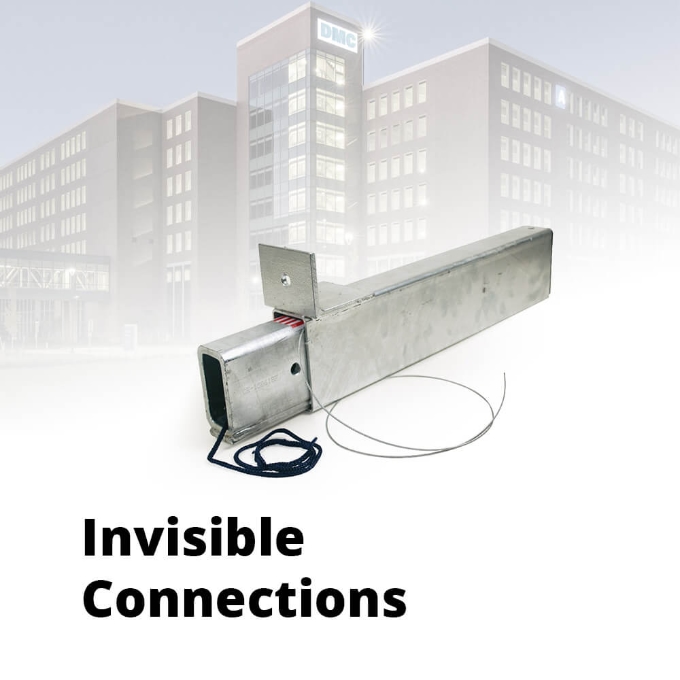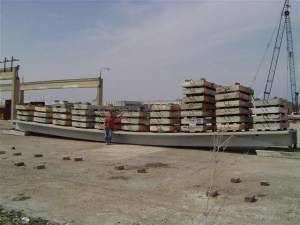
Let’s Break Stuff – Full Scale Testing
Credit: Original article published here.
Precast Innovators is not just a slogan, we live it every day. With eighteen engineers, both professional and EIT’s we can design, produce and build any precast/prestressed building. Seven of these engineers work full time on process improvement and product development; creating innovation in all departments.
Why dedicate so many resources to innovation? To make better product and better concrete buildings.
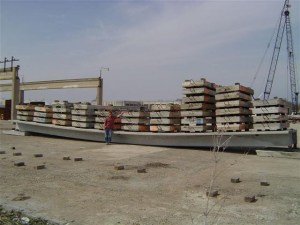
Double tee load testing

Double tee load testing
One aspect of being precast innovators is full scale testing. For us, full scale testing is the process of making a full size piece of concrete and evaluating the performance. Sometimes that includes breaking it. There are many reasons for full scale testing, including: validating design methods, developing new products, and developing new processes.
The first full scale testing I was involved with was load testing a parking double tee in 2005. A team of Wells Concrete engineers designed the test procedure and performed the loading. The reason for testing was to validate the double tee design for deflection and shear. The load test was successful – we loaded the tee with the equivalent weight of 30 cars in three parking spaces! I was surprised by the flexibility and durability of the double tee. After the weight was removed the double tee returned to be being flat.
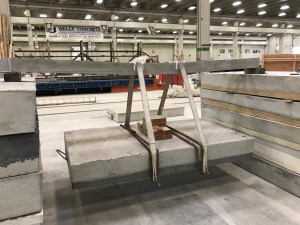
Strand bond test
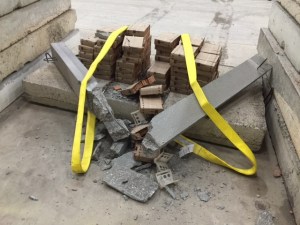
Strand bond test
Once a year I perform ‘A simple quality assurance test for strand bond,’ AKA ‘The Peterman Test.’ It is a PCI-approved testing method to verify that the concrete we pour bonds to the prestressing strand. Strand bonding is important because the potential energy in the prestressed strand transfers to the concrete through bonding. If there is a lack of bonding, the potential energy is lost. The test is simple. Load the beam to 100% of the theoretical capacity. If the beam does not break, we pass, and if the beam breaks, we fail. Since the creation of the Peterman Test in 2009, all the beams I have tested have passed.
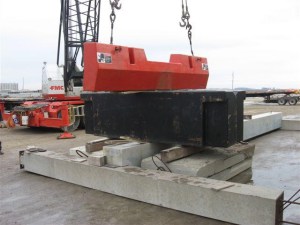
Load testing dap steel on the end of a beam
Most of the time testing is well-planned and organized but sometimes it is necessary to skip the scientific process and simply ‘overload it and see what happens.’ One example of this was load testing dap steel in a beam in 2008. We know the design method of dap steel is conservative and we wanted to validate the capacity of the beam end. So we set three crane counter weights on the end of the beam, but we could not get the beam to break.
These are just a few examples of our dedication to quality and innovation. The Wells Concrete team will continue to create innovation where ‘breaking stuff’ is part of our job.
Ben Dalsing
Plant Engineer
The post Let’s Break Stuff – Full Scale Testing appeared first on Wells Concrete.

